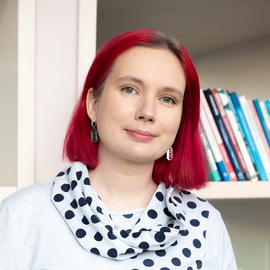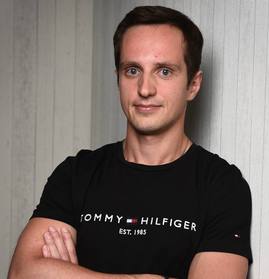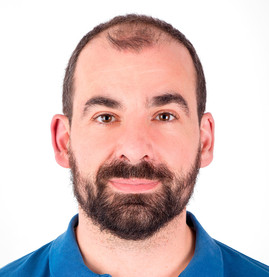-
Infrastructure and Platforms (5)

Andrei Kvapil (kvaps)
Ænix
LINSTOR Is Like Kubernetes, But for Block Devices
4 July, 12:20, «Hall 2»
An open-source storage from LINBIT (maintainers of DRBD). It’s fast and fault-tolerant, has a lot of features. It looks like Kuberentes but for block devices. How does it work? How to configure and debug it?
In this presentation, I’ll show you LINSTOR, an open-source storage from LINBIT (maintainers of DRBD).
The DRBDv9 changed course from “one large fault-tolerant device for all” to “separate DRBD devices per virtual machines”. Now it supports diskless replicas, snapshots, encryption and much more. Everything can be orchestrated via Kubernetes-like API.The talk was accepted to the conference program

Anastasiia Abrashitova
Yandex Infrastructure
Mom, I'm in love with a monorepo
4 July, 15:50, «Hall 1»
The world we live in today is all about separation and breaking things into smaller parts. And yet, in Yandex we still have a large-scale monorepository where the code from most of our projects is kept. It is 26 years old and really large, taking up more than 10Tb of code with history. So why do we love it? Let me tell you!
First and foremost, I’ll talk about our philosophy. Having a single repository does not give you any benefits yet. To get them, you need to reuse the code, to make common libraries and utilities. You need to link projects by code, not by artifacts. You need to maintain green trunk and a full scale CI/CD. You need to limit languages and open source libraries to prevent unmanageable code diversification. You need common code rules and styles. And you need developers ready to collaborate, roll their sleeves, and fix each other’s code. Oh, and you also need tools capable of working with a very large code base efficiently. I’ll give a retrospective of Arcadia – the Yandex monorepository with 26 years of history. I’ll talk about the rules we chose and the tools we created to make it efficient, useful and worth of our developers’ love.The talk was accepted to the conference program

George Melikov
VK Cloud, OpenZFS contributor
IO, we have a problem! Coping via ZFS
4 July, 13:30, «Hall 2»
Storage is always a pain, and there are different flavors of this pain: IO throughput, latency, hdd, ssd, nvme, or even in-memory.
On top of them – volume manager.
We should remember about backups too, and make them consistent.
Of course, downtime is not usually appropriate.
We'll speak about a less standard way to compete with these problems - openZFS, a file system and volume manager together.
A view from a contributor's side.The talk was accepted to the conference program

Viktor Vedmich
Amazon Web Services

Mike Golubev
Amazon Web Services
Is Arm for you? Patterns and anti-patterns for migration
4 July, 13:30, «Hall 1»
There is a lot of buzz about Arm architecture lately, but should you really migrate, or is x86 architecture a better choice for you? We will discuss patterns indicating when you are ready for migration and anti-patterns showing when it is better to hold off. Learn how to measure performance and troubleshoot it: find out which application affects your system SLO’s, which part of source code is to blame and if it’s software or hardware related. Is it so straight-forward to migrate databases? How to build containers for Arm and how to never do it?
The talk was accepted to the conference program

Ivica Bogosavljević
Johnny's Software Lab
A software engineer's view into memory operations
4 July, 11:10, «Hall 2»
Not all programs are created equally: some use hardware resources optimally, others not so much. In this short talk, we’ll introduce two types of hardware bottlenecks: the CPU bottleneck and the memory bottleneck. We will give information on how to find out if your code is memory bound or CPU bound and some ideas on how to overcome these limitations.
The talk was accepted to the conference program



